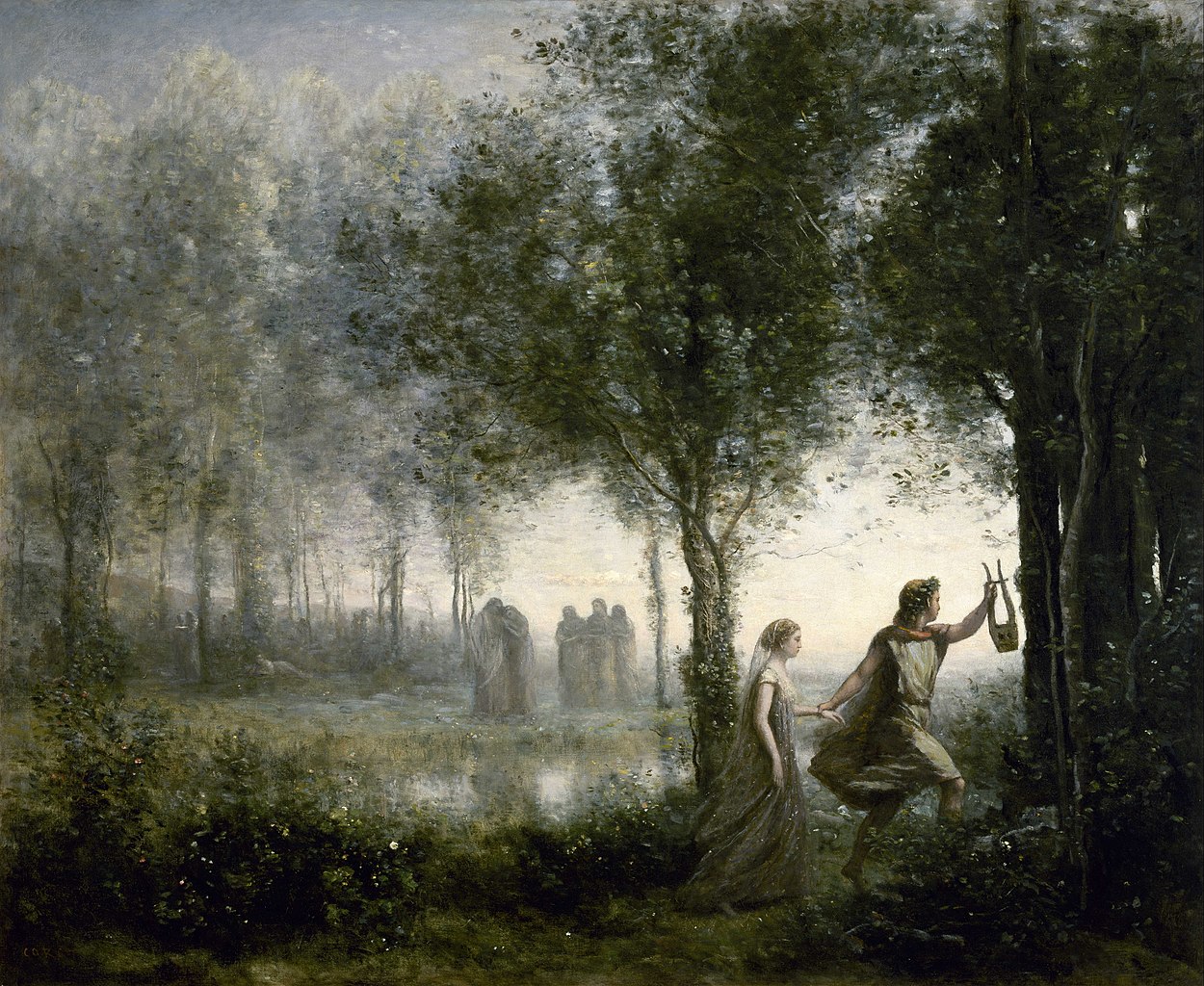 |
| Jean-Baptiste-Camille Corot, House and Factory of M. Henry in Soissons, 1833 |
By LILI TUCKER
To live like this is to live brightly and leisurely under an azure sky, in a sun-soaked house, over marmalade hills of dust and delight.
Despite being a factory, there is no labor here. No grimy peasants with bleeding fingers; grinding cogs and squeaking gears. No exhaustion, or desperation, or feelings of futility dripping down the brow.
Instead, Corot paints a scene of lingering laissez-faire. The sharp perspective and crisp lines curiously convey a dreaminess indicative of Corot's later works. However, known as the last Neo-classicist and the first Impressionist painter, Corot produces works with both the precision of realism and the artistic interpretation of impressionism.
Corot believed deeply that feelings should be an artist's guide in painting and his main goal, early in his career, was to “capture the appearance of the physical world with an unblinking directness."
The reason I chose this work of Corot's (and not one of his other more hazy paintings) is I've found my taste in art stems from this "unblinking directness." Sharp lines and blocks of color, where there is no confusion, no labor of the mind. Just feelings and folly.

